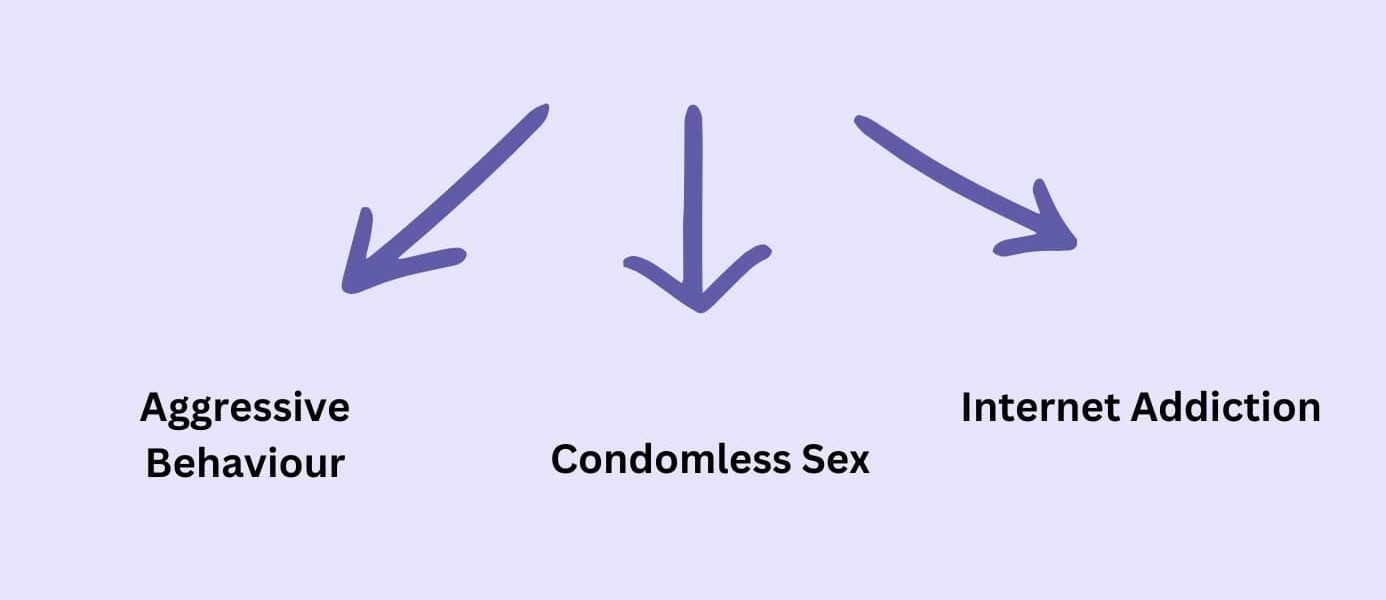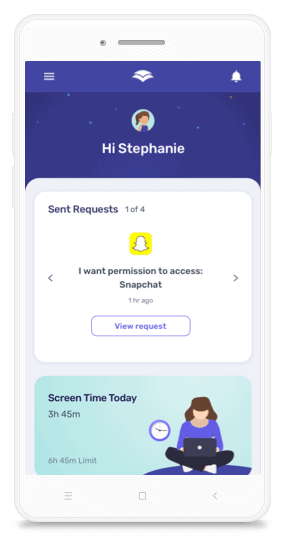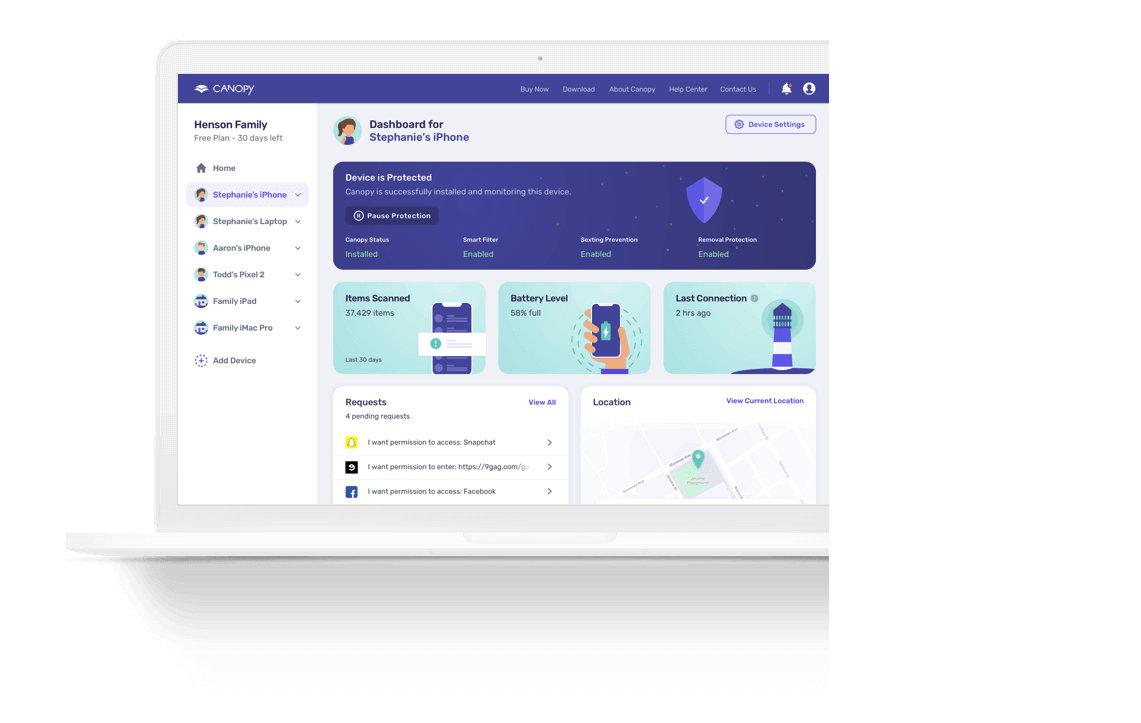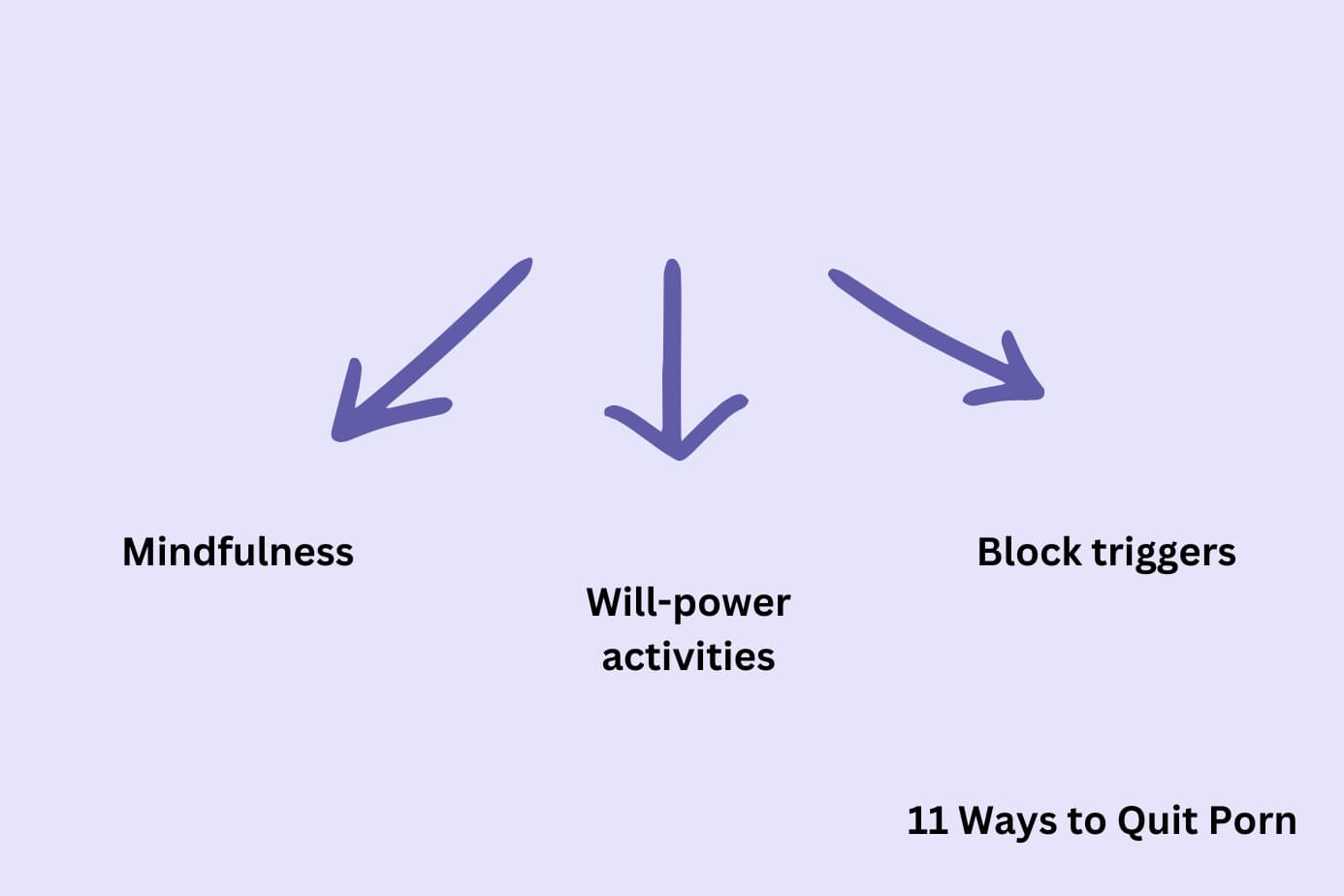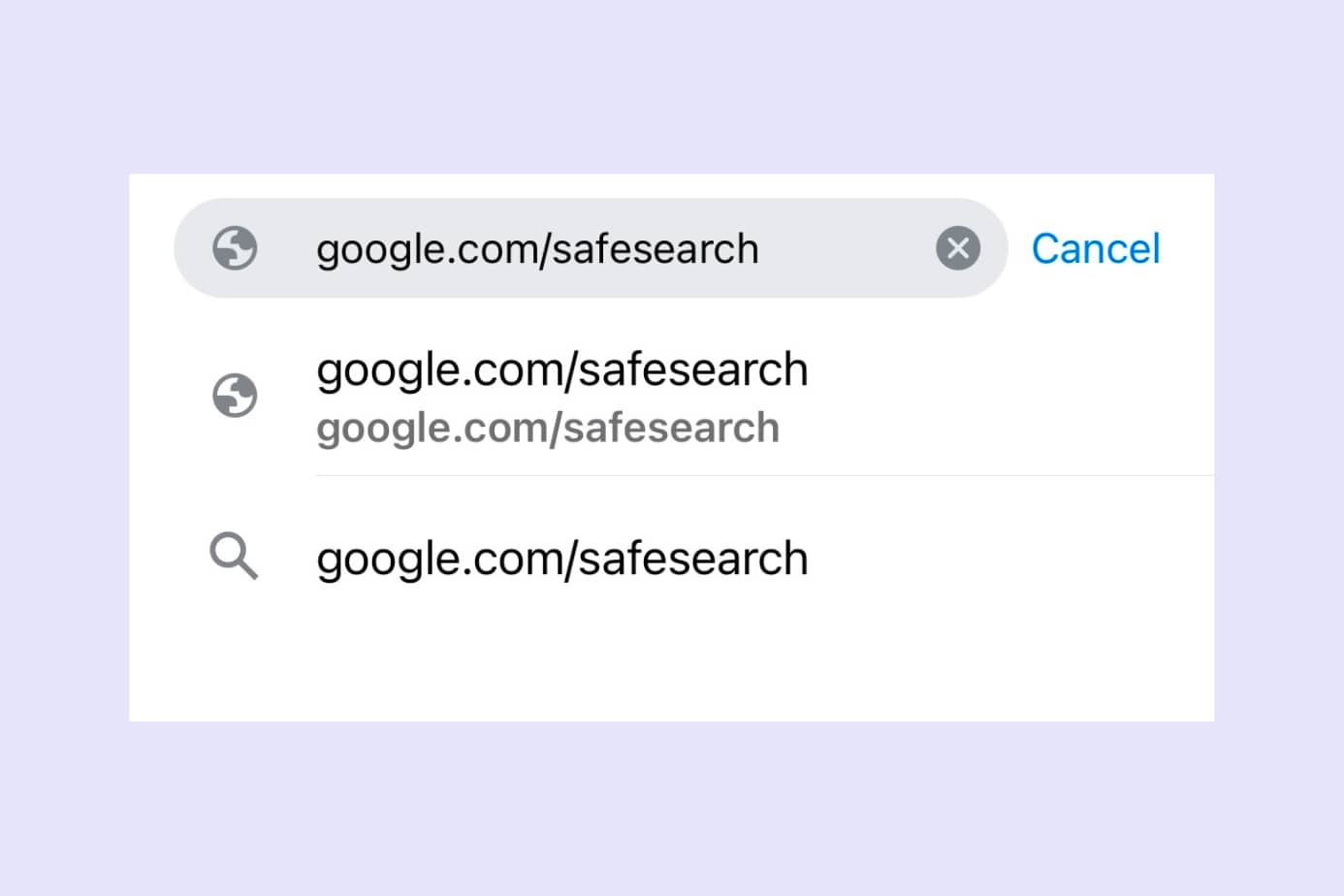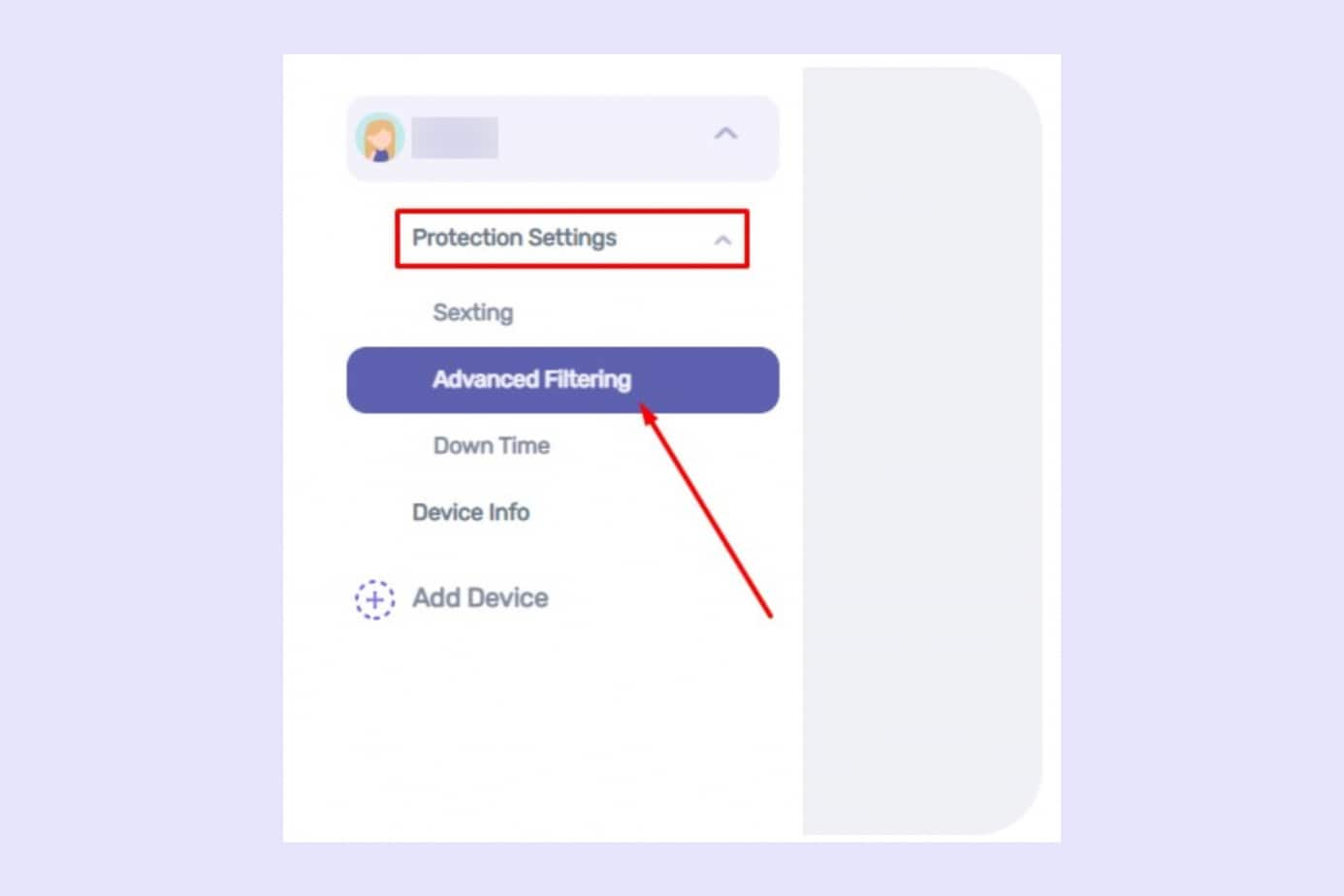Parents and educators ask this constantly: is porn bad for teens? What most families discover is that the question isn’t about moral panic – it’s about development, digital design, and healthy relationships.
For many teens, exposure happens long before they go looking for it. Teens are curious, and the internet is an interesting and dangerous place.
In this guide, you’ll find why exposure is so common, how to talk about it without shame, what the likely consequences are, and how to protect your teen’s devices with modern tools.
Is it normal for teens to watch porn?
“Normal” is the wrong lens – “common” is more accurate. Reputable surveys in the U.S., U.K., and Australia show that a substantial share of teens report seeing sexual content online at least once, and many say it happened accidentally through social platforms or link chains. Older teens encounter it more often than younger teens, but early, unintended exposure isn’t rare – especially on platforms where most families haven’t yet set up how to block adult content on Facebook or how to block adult content on Instagram.
A few helpful distinctions:
- Intentional vs. unintentional exposure. Many first encounters aren’t deliberate; they arrive via DMs, pop-ups, group chats, or algorithmic recommendations – often on platforms where TikTok parental controls or Instagram settings haven’t been enabled.
- Frequency and content type vary widely. Some teens stumble once, while others return. Some content is consensual adult material, while some portrays aggression or unrealistic scripts about bodies, consent, and pleasure.
- Context matters. Frequent exposure, including violent or degrading themes, or becoming a primary coping tool tends to be linked with worse outcomes.
What percent of teens watch porn?
Exact figures vary by country, age, methodology, and year. Broadly, multiple high-quality studies since 2020 indicate that a majority of teens report at least one exposure by mid-adolescence, with meaningful numbers describing accidental encounters on mainstream platforms like YouTube, where blocking specific videos or even disabling the app can reduce passive exposure.
Treat your teen as not an outlier if they’ve seen something; assume they’ll encounter it and prepare them accordingly.
Why do teens watch porn?
Understanding why helps you respond with empathy and skill:
- Curiosity & gaps in sex education. Teens are curious about bodies, consent, and pleasure. If real-world information is awkward, late, or absent, the internet answers first – sometimes before you’ve had a chance to create a safe Gmail account for your child or install basic parental control apps.
- Algorithmic amplification. Recommendation systems tilt toward extreme, novel, or boundary-pushing content – which is why many parents ask about how to block videos on Facebook or how to block websites on routers for added control.
- Peer culture & dares. Screenshots, “you have to see this,” and group chats often happen in apps like Snapchat, where Snapchat parental controls are underused or misunderstood.
- Stress & mood regulation. Some teens use sexual content to numb out loneliness, anxiety, boredom, or shame—especially late at night, when self-control is lower.
- Identity exploration. Some teens explore orientation, attraction, and fantasies online. Without guidance, this exploration can be shaped by unrealistic or harmful portrayals – which makes strong internet safety tips for parents essential, not optional.
- Low-friction access. Mobile devices + private viewing = fast loops that reinforce themselves – especially when protections like how to block porn on Safari haven’t been configured.
Bottom line: teens don’t need lectures; they need language, literacy, and guardrails. If your teen is already exploring risky content, it’s not too late – talking to them about inappropriate pictures, setting realistic boundaries, and applying layered tech tools can make a real difference.
How to talk to teens about watching porn
You can reduce harm dramatically with a few practical moves.
Set the tone: calm, curious, non-shaming
- Start with values: respect, consent, kindness, safety.
- Assume exposure: “You might see sexual images or videos online, even if you’re not looking. If that happens, you’re not in trouble – talk to me.” This is especially true today, where platforms like Pinterest or even porn on Spotify can catch kids off-guard, despite seeming unrelated to adult content.
- Use open questions: “What do your friends think porn is for?” “What feels confusing or unrealistic about it?”
Teach media literacy in plain English
- Porn ≠ sex ed. It’s entertainment designed to hold attention, not a manual for consent, communication, or contraception.
- Unrealistic scripts. Talk explicitly about bodies, performance, and the absence of real consent cues in most videos.
- Aggression & boundaries. Name rough practices teens may see and emphasize that enthusiastic, ongoing consent is non-negotiable – and that pain or fear are not normal “proofs” of passion.
These conversations are especially important if you’re trying to counter messages from OnlyFans addiction or unrealistic content trends that appear normal to teens online.
Give a simple “see something” plan
If your teen runs into something upsetting or feels pulled into a spiral:
- Pause & exit (close the tab/app).
- Reset body (deep breath, wash face, change rooms).
- Tell a trusted adult (like you or a teacher).
- Report/block and clear history if needed.
This becomes easier when their devices already have protection in place – whether that’s a porn blocker on Mac or understanding how to block porn on Safari if you use Apple devices at home.
Agree on rules – a family tech agreement
- No phones in bedrooms overnight; charge devices in a common space.
- No private browsing. Install a real-time filter on all devices (not just a domain list).
- Disable autoplay and turn off personalized recommendations where possible.
- Create one accountability habit – for example, a weekly check-in about online experiences.
If you haven’t yet, now’s the time to learn how to block adult websites on Google Chrome or how to block porn on Android – simple steps that protect long after the conversation ends.
Keep the door open
Say, “You can always tell me if something online was confusing, scary, or exciting. I won’t freak out. We’ll figure it out together.” Teens talk when adults can tolerate the truth.
Why is porn bad for teens
Not every exposure leads to harm, but several risk pathways are discussed in recent research and regulator reports:
- Skewed expectations. Teens can absorb scripts that center performance, ignore mutual pleasure, or treat partners as props—undermining empathy and healthy intimacy.
- Consent confusion. Videos often skip real communication. Roughness or pressure is depicted as “normal,” blurring boundaries around consent and coercion.
- Aggressive content. A non-trivial share of popular content depicts violence or degradation, which can normalize disrespect or escalate curiosity toward more extreme material.
- Mood & motivation. For some, repeated viewing becomes a coping loop for stress, boredom, or loneliness—crowding out sleep, exercise, and offline connection.
- Compulsivity for a subset. A minority experience loss of control or distress around use. When porn becomes a primary coping tool, professional support helps.
- Digital risks. Sextortion, image-based abuse, and deepfakes have grown alongside easy content creation and distribution. Teens – especially girls – carry disproportionate risk.
- Developmental timing. Early exposure matters. Brains still wiring up reward/impulse systems are more susceptible to loops built on novelty, surprise, and intensity.
None of this requires panic. It calls for literacy + limits + long-term support.
Consequences of watching porn for teens
Consequences land on a spectrum and depend on dose, content, context, and coping. Here’s a grounded summary to share with your teen:
- Relationship templates. Repeated exposure to unrealistic or aggressive porn can crowd out scripts that center on mutual care, consent, and communication.
- Body image & self-worth. Comparisons to curated, edited bodies can fuel dissatisfaction and shame.
- Sexual risk-taking. Some studies associate frequent exposure with earlier debut, less condom use, or riskier practices—though causality is complex.
- Escalation. For some, novelty seeking pushes toward more extreme content over time. Strong filters – like those designed for porn addiction in women or tailored to adolescents – can interrupt this loop.
- Mood symptoms. Anxiety, isolation, and low mood may co-occur with heavy, secretive use – especially if sleep is disrupted.
- Online harms. Teens can be targeted for sextortion or pressured to share images – making it essential to talk about what to do if your child sends inappropriate pictures early and often.
- Trust at home. Secrecy corrodes family trust. Rebuilding requires consistent transparency, not punishment.
“Can teens watch porn?” (legally & morally)
In many places, minors are not legally permitted to access pornography. Age-verification laws and platform policies reflect that. Families also carry values – faith, ethics, dignity, privacy – that shape boundaries at home, especially when deciding on tools like parental control Netflix settings or Peacock parental controls. It’s reasonable and loving to set firm, tech-supported limits while teaching teens how to navigate an imperfect internet.
How to reduce harm (and build healthier habits)
If your teen already watches porn – or if you simply want to reduce risk – use a layered plan:
- Sleep-first device policy. Phones charge outside bedrooms. Set app-store restrictions at night. Use downtime features.
- Real-time filtering. Choose a blocker that can analyze pages and images as they load (not only by URL) across browsers and apps.
- Algorithm hygiene. Turn off autoplay, clear watch histories, hit “not interested,” and unfollow sexualized accounts.
- Conversation cadence. Make short, regular check-ins (10 minutes on Sundays) standard, not special.
- Coping skills. When stress spikes, substitute quick resets: a brief walk, water on face, slow exhale, text a friend.
- Professional help when needed. If use is persistent, secretive, or distressing, loop in a clinician skilled in adolescent care.
- School partnership. Ask your child’s school how they teach consent, media literacy, and reporting pathways for image-based abuse or sextortion.
Device-by-device setup (make the easy thing obvious)
Phones: remove private browsers, restrict app installs at night, disable autoplay, turn off personalized recommendations, and store the phone outside the bedroom.
Computers: use a standard account (not admin), lock system settings with a strong password, pin homework apps to the taskbar, and hide the default browser.
Wi-Fi & networks: change router admin passwords and log out of video platforms on the living-room TV.
Shared spaces: keep doors open during solo screen time; place a book or puzzle within arm’s reach, and consider detoxing your child from screen time with short tech-free blocks..
For educators: classroom-ready talking points
- Media literacy, not moral panic. Teach how attention economies work, how algorithms recommend content, and how to report/block.
- Consent scripts. Practice age-appropriate “ask–listen–respect.”
- Bystander skills. What to do if explicit content circulates.
- Help pathways. Name the adults/services who can help.
Partner with families: share your curriculum and offer two or three parent-night takeaways they can try at home.
If you discover your teen has been watching (a repair playbook)
- Regulate first, then relate. Take two deep breaths and lower your voice. Teens mirror your nervous system – calm is contagious!
- Name the goal. “I care about your safety and healthy relationships. We can handle this together.”
- Gather context, not confessions. Ask what they saw, how often, how they felt, and where it shows up (apps, search, DMs).
- Reduce immediate risk. Remove devices from bedrooms, disable autoplay, add real-time filtering, and schedule a short follow-up tomorrow.
- Collaborative plan. Agree on two red lines (sleep + privacy rules), one coping strategy for stress, and a weekly check-in.
- Rebuild trust. Praise honesty, track small wins, and use consequences that teach (not punish). If secrecy or distress persists, add a counselor.
Myths & facts (for adults and teens)
- Myth: Talking about porn will make kids curious.
Fact: Age-appropriate, shame-free conversations reduce harm by giving teens language and options when—not if—they encounter sexual content online. - Myth: Filters mean I don’t need to talk.
Fact: Filters reduce accidents and friction, but conversation builds judgment—the skill they’ll use when guardrails aren’t there. - Myth: One exposure equals lasting damage.
Fact: Many teens see something once and move on. Harm is more likely with early, frequent, secretive, or violent content – and even then, support helps.
Asking “is porn bad for teens?” is really asking: How do we give teens the skills and support to build healthy relationships in a digital world?
The answer isn’t denial. It’s honest conversations, practical guardrails, and consistent care. Treat exposure as expected, not exceptional. Give teens words for consent, kindness, and boundaries. And back it up with tech that works in real time—so your everyday routines are on your side.
FAQs
Is porn bad for teens?
It can be. Harm is more likely with early, frequent, secretive, or violent content, when porn becomes a main coping tool, or when it shapes expectations about bodies and consent. Many teens will encounter something online—your job is to prepare, not panic.
Is it normal for teens to watch porn?
It’s common for teens to encounter porn online at least once, often accidentally. Intentional viewing also occurs. Frequency varies widely and increases with age.
Why do teens watch porn?
Curiosity, gaps in sex ed, algorithmic recommendations, peer sharing, and stress relief are common drivers. Low-friction access on personal devices lowers barriers.
What percent of teens watch porn?
High-quality surveys since 2020 suggest a significant share have seen pornography at least once, with many reporting accidental exposure on mainstream platforms. Exact percentages vary by age, country, and survey methods.
Can teens watch porn?
Legally, minors are generally not permitted to access pornography; many countries and U.S. states have moved toward stricter age verification. Families can and should set home rules that reflect their values and local laws.
How can I block porn on my teen’s phone without constant battles?
Use a real-time filter that analyzes content as it loads (not just a URL list), disable autoplay, turn off personalized recommendations, and remove phones from bedrooms overnight. Pair tech with short, weekly check-ins.
